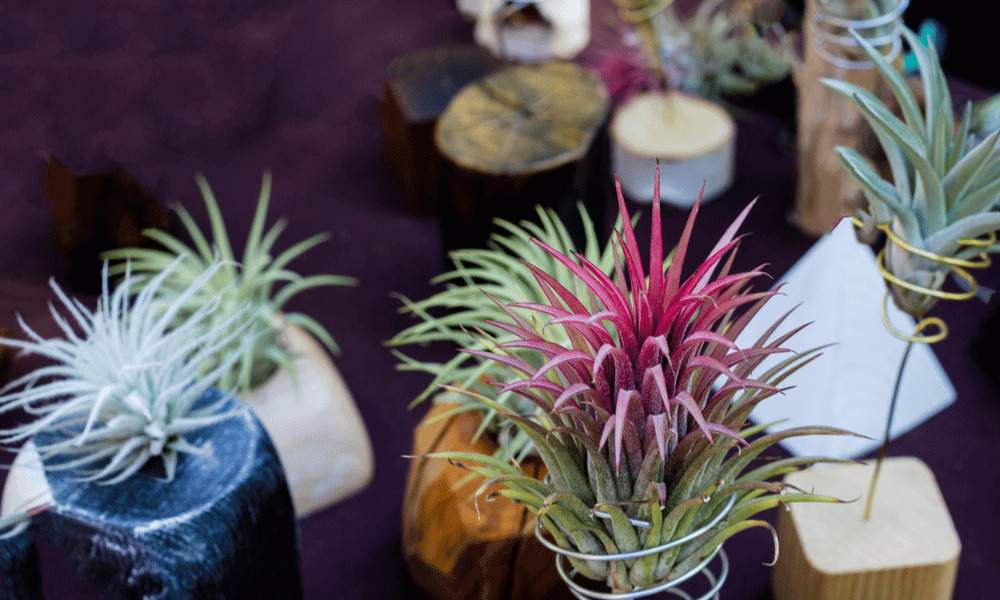
Air plants, also known as Tillandsia, are captivating and can provide a hint of foliage to any room. Even though they are strong-minded, they still require the correct atmosphere to flourish. One of the most significant elements in air plant care is supplying enough sunlight. But the question is how much? Glad you asked.
Air plants need several hours of bright and indirect sunlight. However, the necessity of daily sunlight requirements for air plants will vary depending on a few factors such as temperature, water, humidity, and so on.
Perhaps your air plants appearing dull and not growing as much as you had hoped. If so, it could be because of the lack of sunshine! Air plants are extraordinary and easy to care for, yet they still require the correct amount of light to grow strong and healthy. Uncover the optimal quantity of sunlight for diverse breeds of air plants and find out how to provide the ideal light for your air plants to prosper.
Table of Contents
What Type Of Sunlight Do Air Plants Need?
Air plants need adequate amounts of sunlight. However, air plants require only bright, indirect sunlight rather than direct one. They thrive in indirect light and, in many cases, with adequate artificial light. Direct sunlight, on the other hand, can be harmful to these plants.
Although the term “air plant” is widely used, the title is incorrect. Members of the Tillandsia genus are popularly called “air plants” simply because they grow with no soil at all. The natural habitat of air plants is in the mountains, forests, and deserts of Central and South America. Air plants are often popularly grown as indoor plants.
However, as the name implies, assuming that these plants require only air to survive is incorrect. Like all plants, they need water and sunlight. However, air plants do not need direct sunlight. That is, they thrive better when they receive bright sunlight indirectly. This can be done by placing them in rooms with south or east-facing windows.
As a result, these areas will be filled with the indirect light necessary for air plants. Make sure to avoid placing them on your windowsill. That is because air plants are prone to damage when they receive direct sunlight. At the same time, air plants will not thrive in low or dim light. So, air plants do need sunlight, but it has to be indirect, bright, and often artificial light.
How Much Sunlight Do Your Air Plants Need?
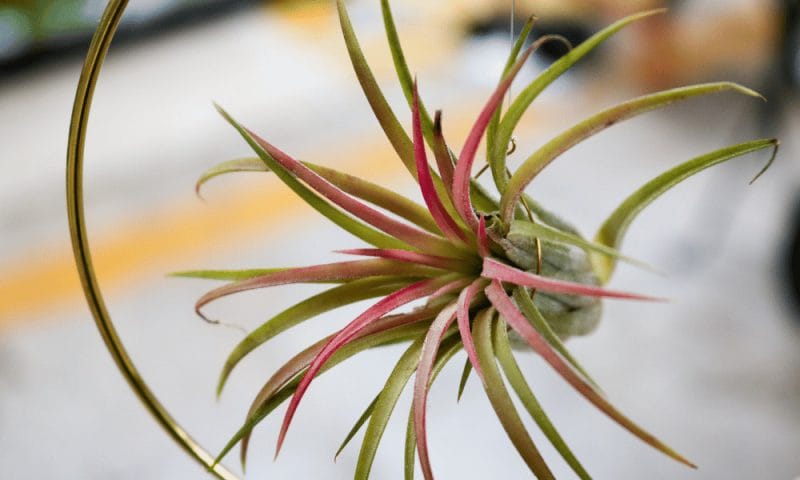
Light requirements for your air plants will vary depending on temperature, humidity, water intake, etc. For an average air plant, approximately 8 hours of bright, indirect sunlight and 12 hours of artificial light would be sufficient.
Air plants grow well when they receive indirect sunlight. So, it is best to keep them in your brightest room. Usually, 5 to 8 hours of bright, indirect sunlight will suffice. You can also keep them directly under sunlight only when the light is softer, that is, during the morning or evening. Filtered light for approximately 8 hours is suitable for air plants.
Can Air Plants Grow In Artificial Light
In the case of artificial light, the time required may be longer. You will need to use full-spectrum fluorescent or LED lights for your plants. Regular, standard incandescent bulbs will not be sufficient for their photosynthesis. Ensure the maximum distance between the light source and the plant is 3 feet.
If artificial lighting is the primary light source for your air plants, they will need about and average of 12 hours of sunlight per day. In such cases, tracking time with a timer will greatly help. If you provide artificial light to a large batch of air plants, ensure they receive it equally. This is because any obstruction in receiving sunlight can cause the plants to dull down.
We know that air plants need bright, indirect sunlight, but there are exceptions to this rule. Forest-dwelling mesic air plants are suitable for filtered sunlight. But desert-dwelling xeric species of air plants are an exception to this. This type of air plant can withstand the higher intensity of sunlight.
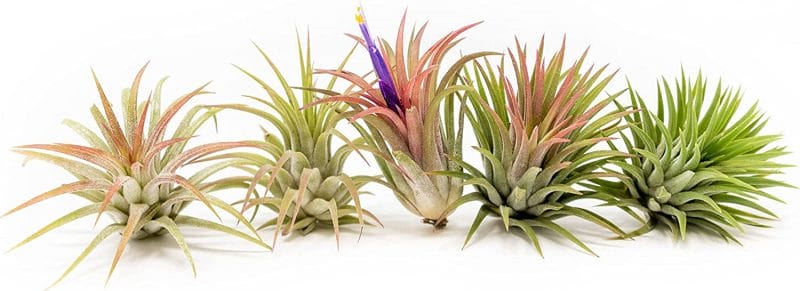
So, xeric tillandsia species like Xerographica can survive under direct sunlight. The xeric species of air plants generally have silver hairs that coat their leaves. This protects the plant from damage caused by direct sunlight. Hence, if you must place your air plants in direct sunlight, I recommend the the xeric variety.
Factors To Consider While Exposing Air Plants To Light
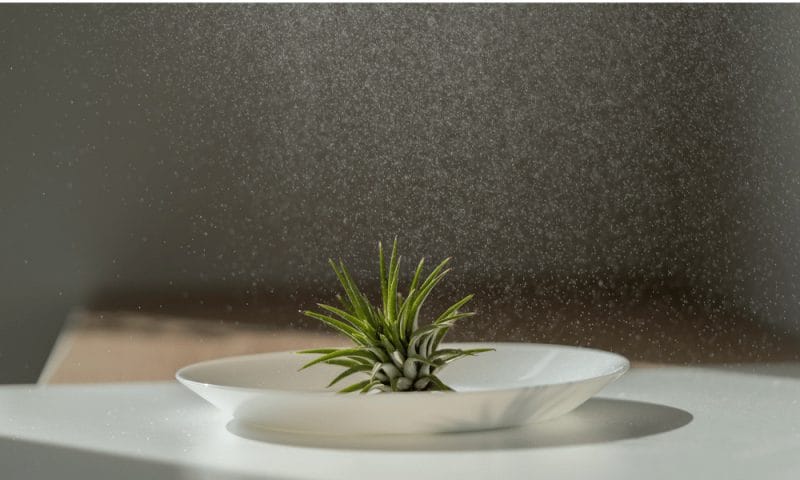
As we know by now, air plants need indirect sunlight to thrive. But the requirement for sunlight may vary from one plant to another depending on some essential factors. These can be external or internal conditions associated with your air plants. So, before you decide whether or not your plants require sunlight, keep the following factors in mind.
What Is The Best Humidity Level For Air Plants?
The air humidity level in your environment is an essential factor to consider. It can strongly influence how much light the plants can withstand. Because, in different humidity levels, air plants will react differently to sunlight.
The general states that a more humid environment allows higher sunlight tolerance. That means if your plants live in a high-humidity environment, they will be able to tolerate higher amounts of sunlight since they will not dry so quickly. On the contrary, if the environment is not humid, your air plants will not do well with constant sunlight.
What is the idea of Temperature for Air Plants?
Similar to humidity, temperature is also another vital factor. Temperature differences mean differences in sunlight tolerance. This relationship applies to air plants as they already need indirect sunlight.
The best temperature to keep your air plants at is around 60 degrees Fahrenheit. Air plants need about 5 to 8 hours of bright, indirect sunlight at this temperature. But when the temperature is higher, this duration will be lower as the plant can get dried out. The opposite is applicable when the temperature is lower than 60 degrees Fahrenheit.
How Much Water Do Air Plants Need
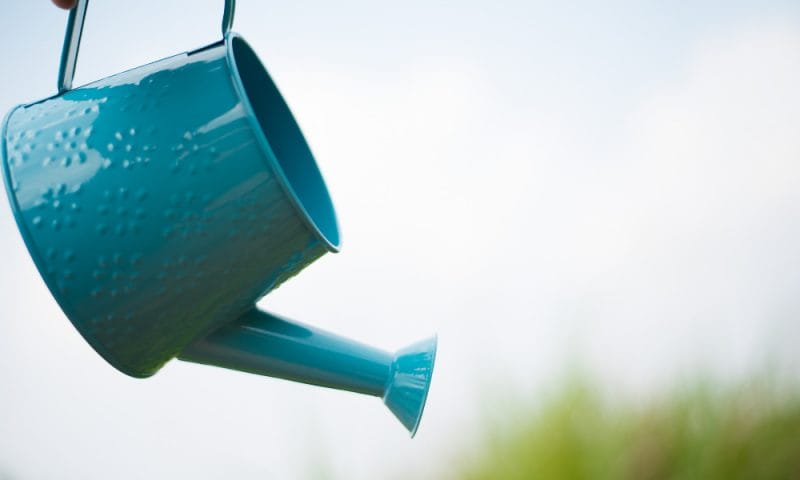
Water levels in the air plants are critical in ensuring they are healthy. At the same time, it can also dictate the amount of sunlight necessary for the plants. So, the presence of water in the plant body is an intricate factor that influences their relationship with sunlight.
Excess water in plants will allow plants to tolerate a higher amount of sunlight. On the contrary, when your air plants do not have sufficient water in them, they will not be able to withstand the sunlight for a long time. So, when you are watering your air plants, ensure they have sufficient water levels. In that way, your air plant and mother plant can thrive.
Air Plant Variety
Air plants are of two types. It includes forest-dwelling (mesic) air plants and desert-dwelling (xeric) air plants. Mesic air plants thrive with bright, indirect sunlight. They cannot survive in direct sunlight. But xeric air plants have a protective silver layer that can tolerate direct sunlight. As a result, you can keep them in direct sunlight.
So, when exposing your air plants to sunlight, ensure you put the suitable variety in the right place. For mesic air plants, the brightest room in your house can be ideal. You can also place them in a room with south or east-facing windows. On the other hand, xeric air plants can be kept in direct sunlight on your windowsill.
Frequently Asked Questions
Can air plants grow in low light conditions?
Air plants can tolerate dimly lit conditions but will not thrive, become stunted, or even die in extremely dim conditions.
How do I know if my air plant is getting enough sunlight?
Your air plant's appearance can help determine whether it gets sufficient sunlight. An alive-air plant will be healthy and shiny, with lively green leaves growing. When the leaves are yellowing or the plant appears dead, it is probably not receiving sufficient sunlight.
Can I place my air plant in a window that faces north?
By placing your indoor plants in a north-facing window, the plant will receive bright, indirect sunlight that isn't strong enough to coerce the plant to grow. The plant's area should be oriented toward a window facing east or west to replicate these conditions effectively.
Can I use artificial light to supplement sunlight for my air plant?
Artificial light will not supply sufficient light replacement for the sunlight in your air plant, but it can supplement it. Ideally, your plant should be placed near a window or in a room with plenty of natural light.
Do different types of air plants have different sunlight requirements?
Yes, different species of air plants need different intensities of light. Some thrive in a sunny location, while others can go up to direct sunlight. It's important to research the different species you have before they learn to increase the amount of sunlight they receive.
Ready for the next post? Air Plant Mastery: Feeding, Watering, and Repotting Your Tillandsia
Conclusion
To sum it up, do air plants need sun? Yes, they do. Air plants will thrive after several hours of bright, indirect sunlight daily. Although this rule may have a few exceptions, it applies to most air plant varieties. Thus, by knowing well about air plants’ sunlight requirements, you can take better care of them.

